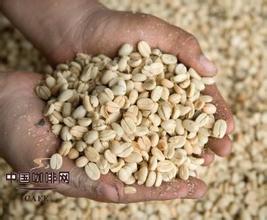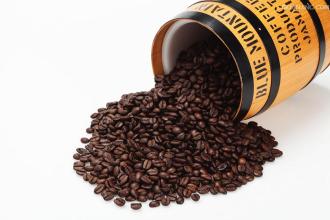Coffee pull foam requirements-what kind of milk does coffee pull flower use?
Coffee pull foam requirements-what kind of milk does coffee pull flower use?
The first is that the milk foam is 80% to 90% full, which can be solved by 10% less than dry.
The second is that the crema surface of the espresso is too shallow from the bottom of the cup, causing the foam to float on the crema as soon as the foam is injected. Solution: tilt the cup as much as possible to increase the depth of the surface and bottom of the crema meter. When injecting, inject it to the deepest point.
The third is that the foam is close to the cup when it is injected into espresso, so that the foam does not penetrate crema enough. Solution: 10-15cm higher than the cup mouth to inject milk foam, increase the acceleration of foam injection into crema, so that it can smoothly penetrate crema.
The fourth is to solve the problem by means of integration. If the foam is still white on the crema when it is injected (for a small amount, the surface is about 1 beat 3), then immediately reduce the amount of foam injected, make a circle in the cup, and then lift the flower jar up, you can flush the whitened one under the crema.
Fifth, when you pull flowers with seven-point full or six-point full milk foam, the crema will be washed away without increasing the flow. Solution: reduce the foam flow and slowly circle the entire crema until the blend is in place
Milk: the fat content of milk used in latte drinks is basically about 3%. The less fat, the harder the foam. What you want is smooth foam (so forget about fat-free cappuccinos).
About foam: the main thing to keep in mind when making foam is to stop when the temperature reaches the right point. The appropriate temperature refers to 55-65 °C, depending on your taste. Foaming for too long will condense the milk and change its taste (and cappuccino will be too hot). Overheated milk can also make the foam too hard. How different will the foam be? Here are some typical examples:
Blistering: if you are distracted or inattentive when you are milking, it is easy to cause the steam pipe to be above the surface of the milk rather than just below it. The result is milk spatter and larger milk bubbles. Of course you can still get a lot of foam in the flower cup, but it will taste bad.
Too hard: the hard foam looks stiff, and it doesn't mix with the coffee when you pour it into the coffee, but accumulates on top of your coffee like fluffy beaten cream. If you play a little longer, it will be layered, 90% of which is flowing milk, and a thick hard foam lid floating on it. When you pour it into the coffee, the milk will flow out of the flower cup first. You must scoop the foam into the coffee cup with a spoon.
Smooth: if you do everything right, when you pour out the foam, the milk looks smooth and creamy, a bit like pouring yogurt. Milk and your espresso will mix perfectly, and crema will color the surface of the milk to form a typical brown edge of cappuccino

Important Notice :
前街咖啡 FrontStreet Coffee has moved to new addredd:
FrontStreet Coffee Address: 315,Donghua East Road,GuangZhou
Tel:020 38364473
- Prev

What materials do I need to prepare for coffee flower drawing? Introduction to video tutorials in the production process
What materials do I need to prepare for coffee flower drawing? Video tutorials on the production process introduce steam foam machines or manual milk bubble pots: what is milk foam? Milk foam is the product of a fine mixture of milk and air. The way to make milk foam is to pump air into the milk. The principle is simple, but it is not a simple thing to make a cup of dense and meticulous foam. The most common problem is
- Next

Coffee extraction rate formula most standard time
Coffee extraction rate formula most standard time What is good coffee? To understand what good coffee is, we first need to know how the coffee world measures its brewing skills. After all, if you're trying to decide whether your coffee is good, it helps to have a yardstick. Measuring coffee quality dates back to the 1950s. Massachusetts at the time.
Related
- What is the meaning of lactic acid fermentation with coffee bean treatment?
- How to judge the state of foam by sound?
- How does the latte pull out the unicorn pattern? Come to get for a little trick to improve the flower pull!
- Will flower pulling affect the taste of the latte?
- Do you know the history of coffee?
- The difference between honey treatment and sun washing what is raisin honey treatment?
- What kind of milk can a novice use to make coffee foam to keep the foam longer? The correct method and skills of milking tutorial sharing
- Why do washed coffee beans taste sour? Flavor characteristics of washed Coffee
- Introduction to the skill of how to practice the size and height of water injection around the circle of hand-brewed coffee
- How do beginners practice coffee flower drawing from scratch?

